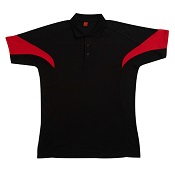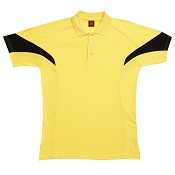Choose the one you like for t shirt printing.
Contact Form [don't delete] Fill out the form below
Home
Single Jersey
History of Screen Printing
A style of screen printing first appeared in China during the era of Song Dynasty Art (960-1279), and made its way to Europe in the 18th century. However, it was not until silk mesh was more available for trade in the 19th century that screen printing began to pick up popularity.
In 1907 Samuel Simon patented screen-printing in England. At first, the process was used to print interesting colours and patterns on wall paper and fabrics and then by advertisers. Eventually however it was adopted by artists as a convenient and reliable way of reproducing their works.
In todays contemporary world screen printing is used by fine artists, and along with commercial printers who use graphic screen printing to place images on t-shirts, DVDs, glass, paper, metal and wood. In the 1930s a group of artists, who wanted to differentiate what they did from the commercial world, formed the National Serigraphic Society.
In doing so, they linked the word Serigraphy with fine arts and screen printing. 'Seri' is Latin for silk and 'graphein' is Greek for to write or draw. In recent history, the Pop Artists are generally seen to have popularised the form of screen printing known as serigraphy.
Pop artists, took their images from the world of mass culture, so it was appropriate that they used a technique known for its mass production ability. Op artists also valued the use of the medium, finding it suited their aesthetics.
In 1907 Samuel Simon patented screen-printing in England. At first, the process was used to print interesting colours and patterns on wall paper and fabrics and then by advertisers. Eventually however it was adopted by artists as a convenient and reliable way of reproducing their works.
In todays contemporary world screen printing is used by fine artists, and along with commercial printers who use graphic screen printing to place images on t-shirts, DVDs, glass, paper, metal and wood. In the 1930s a group of artists, who wanted to differentiate what they did from the commercial world, formed the National Serigraphic Society.
In doing so, they linked the word Serigraphy with fine arts and screen printing. 'Seri' is Latin for silk and 'graphein' is Greek for to write or draw. In recent history, the Pop Artists are generally seen to have popularised the form of screen printing known as serigraphy.
Pop artists, took their images from the world of mass culture, so it was appropriate that they used a technique known for its mass production ability. Op artists also valued the use of the medium, finding it suited their aesthetics.










